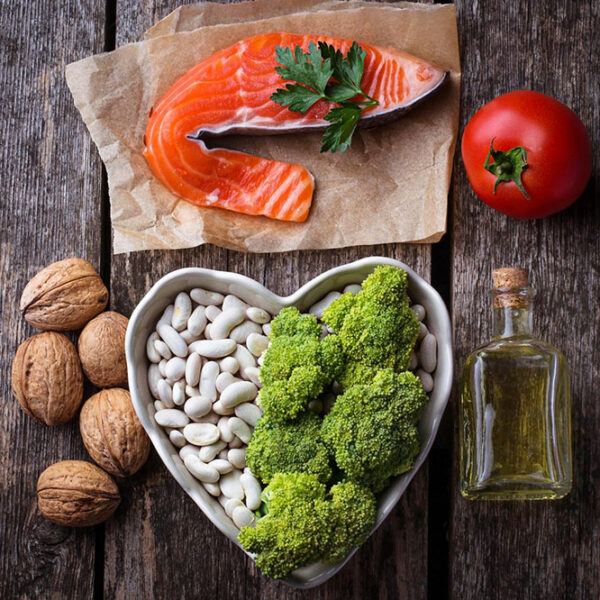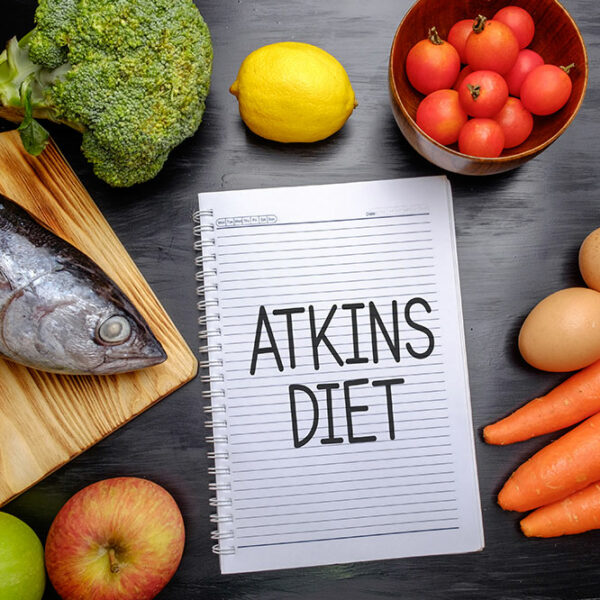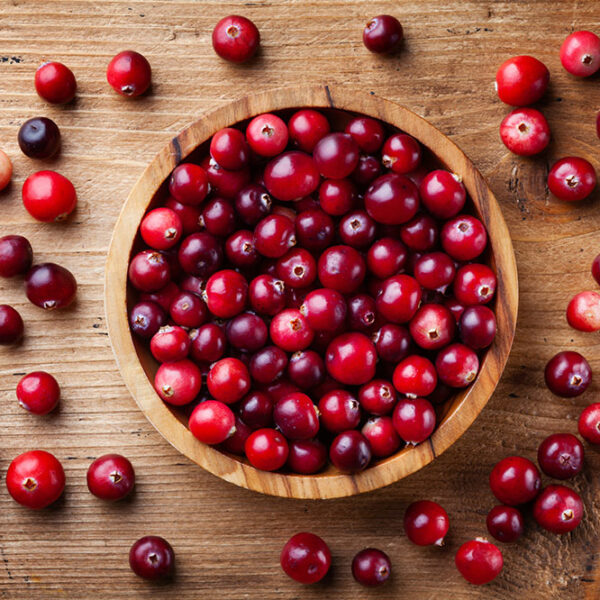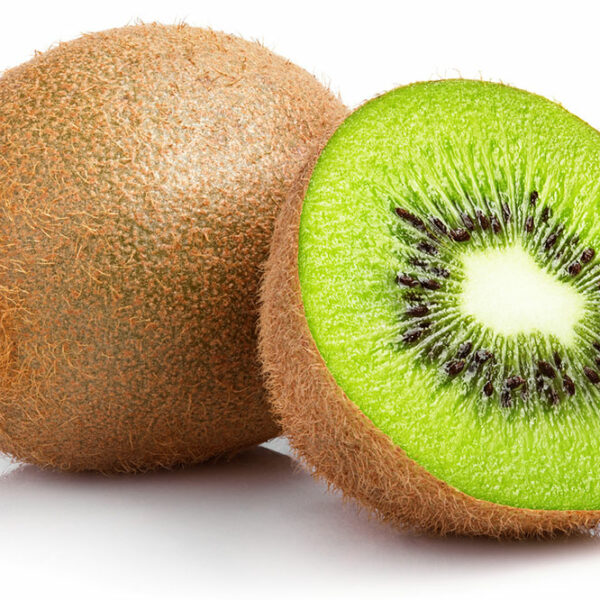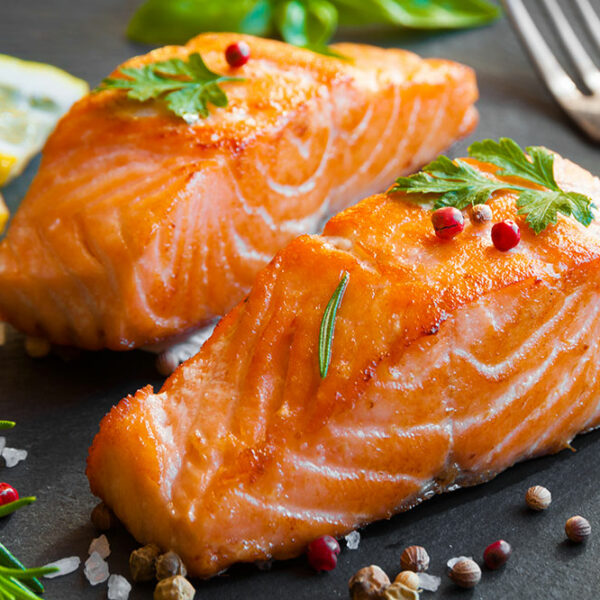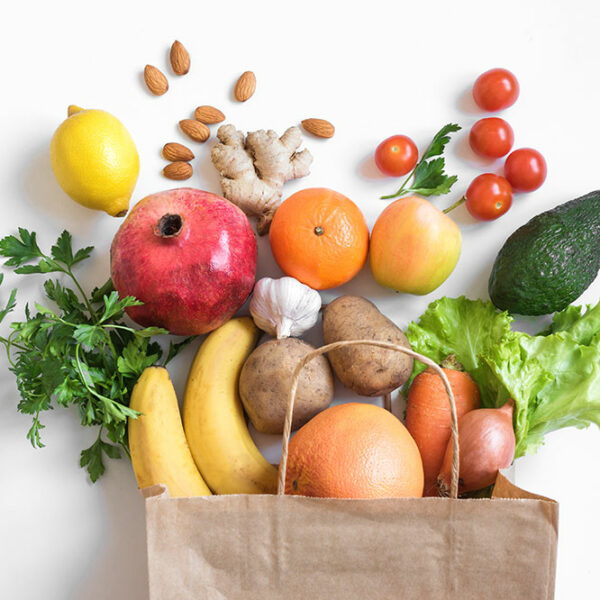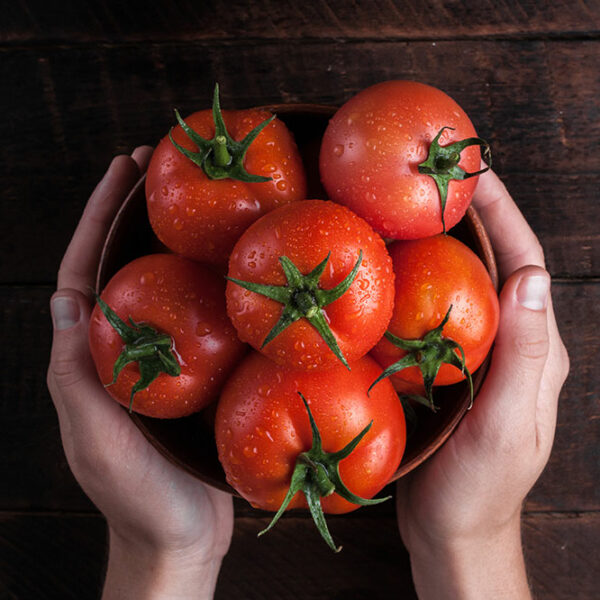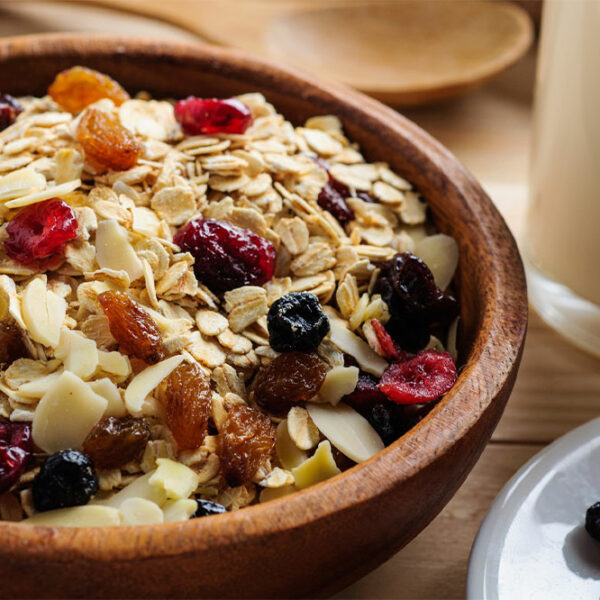
Foods that help manage ulcerative colitis better
Ulcerative colitis is a condition that causes inflammation of the colon. It can cause high levels of inflammation and ulcers that occur on the lining of the colon and rectum. If the condition persists, the ulcers can start spreading and invade the whole colon as opposed to just the lining. Ulcerative colitis is especially seen in males aged 50 years or above but can occur in people of all ages and genders. Foods that help manage ulcerative colitis: Oatmeal Oatmeal is a highly nutritious food loaded with essential vitamins and minerals. It also contains high amounts of beta-glucan, a type of soluble fiber that promotes good gut bacteria growth. Studies show an excellent bacterial population in the digestive system helps manage ulcerative colitis symptoms. The high fiber content of oatmeal also helps promote regular bowel movements, reducing cramps and pain. Salmon Salmon is rich in protein and other essential nutrients such as potassium. It makes it an excellent addition to protect the body against strokes and other symptoms. The omega-3 fatty acid contained in fish is especially beneficial for patients with ulcerative colitis. Fruits Some common foods that are a great addition to a colitis patient’s plate are bananas, avocado, grapes, and blueberries.
